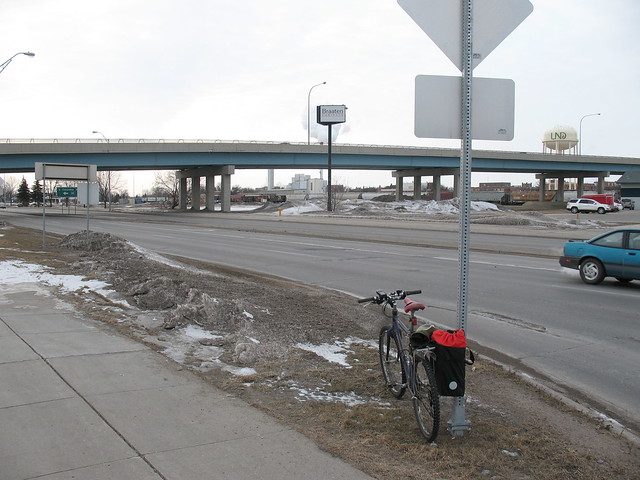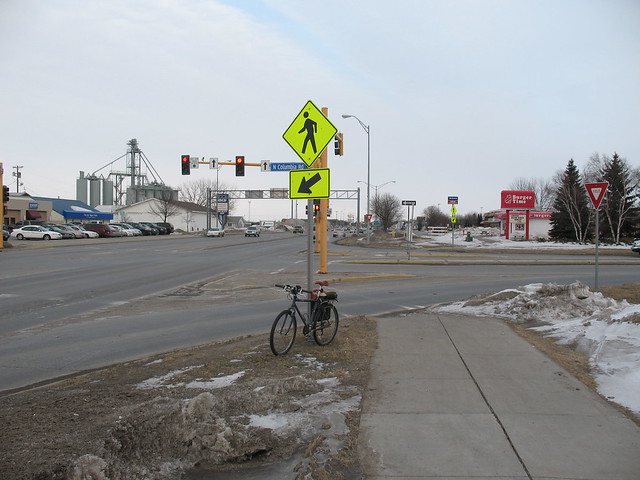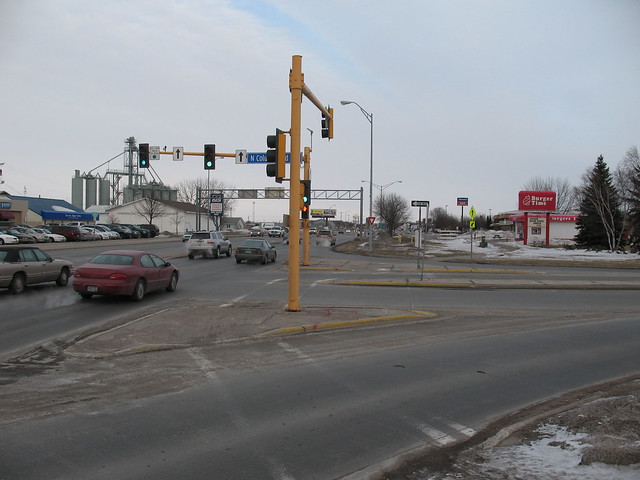This post will explore some fairly specific topics, but I hope the thought process will be instructional (or inspiring) to others. Additionally I think it’s worthwhile to talk about the concepts of specimen/biological collection database management with reference to funding, not schemas and platforms.
At the UND Department of Geology and Geological Engineering, a small number of us have been pursuing an overall upgrade of the paleontological specimen and lithotype collection consisting of improved facilities (compactor cabinets) and a comprehensive online database. We’ve applied for funding from NSF and been denied twice, and the project would be dead in the water except for the quarter-time assistantship I’m receiving from the Dean’s office at the School of Engineering and Mines. Development has been slow, mostly due to the conversion between the existing databases (stored as flat text files) and the online system (I will not mention the name of the new system because events today have made me question (again) the cost/benefit ratio of utilizing it), and I’ve been importing locality data so we can use the new system to analyze locality distribution, among other things.
The question today is how to proceed. As useful as locality data are to paleontological and geological researchers, locality information is, at its core, supplementary to the specimens themselves. (I’ll avoid an argument right here: I believe that locality data are essential to proper context, and I’m not advocating the dissociation of these data from specimens.) Specimens are the core of the paleontological sciences, and it is from specimens and their assigned taxonomic identities that researchers work toward understanding past life. Rather than browsing locality lists and then looking at specimens, given a database most researchers will search by taxon or in special cases by specimen number, and then they will look at the associated locality data. In my opinion, we’ve been doing it wrong.
The above point regards usability, and I promised to talk about funding issues, so here we go: in order for such an online database (and more importantly, the effort to digitize specimen data and provide specimen imagery) to keep getting funding, it needs to be usable so it will be used! That’s the whole point. If the Dean (or any other UND administrator) wants to put us on the map for having a world-class collection, we need to get the data out there that people want, we need to tell them about it, and we need to encourage them to use it. From the administration’s perspective, numbers are going to determine how successful we are: number of unique visitors the online database gets every year, number of publications that reference specimens held in our collections, and number of researchers who visit or request material loans.
What can I do today that will improve our chances? In my opinion, we need to improve usability by others before we can improve usability by ourselves. This means a focus on specimen-data entry, the postponement of certain analytical capabilities we (as UND researchers) would like, and beginning with those specimens referenced in peer-reviewed articles, dissertations, and theses. These specimens have already gotten the most attention and they are likely to get more attention in the future because of their “published” status. The associated material can come next, and then we can start adding data systematically. At this point, to show that this is possible and that it shows our research collections in a good light, we need to get the bare bones online first and follow with everything else later.
That’s what I think, and what I will discuss with others here later today. Has anyone else come across such a crux of funding issues? How about with specimen collections that are even less sexy than ours (which are primarily freshwater mollusks, and are pretty darn sexy in my opinion)? Am I on the right track, or should we back this train up again?





